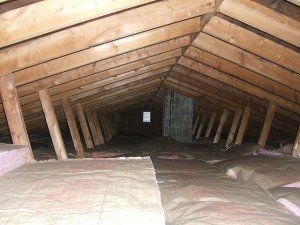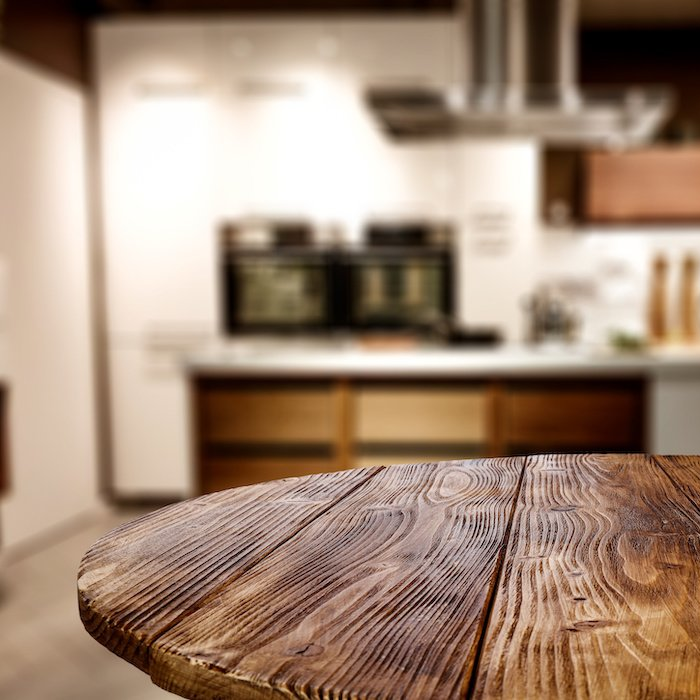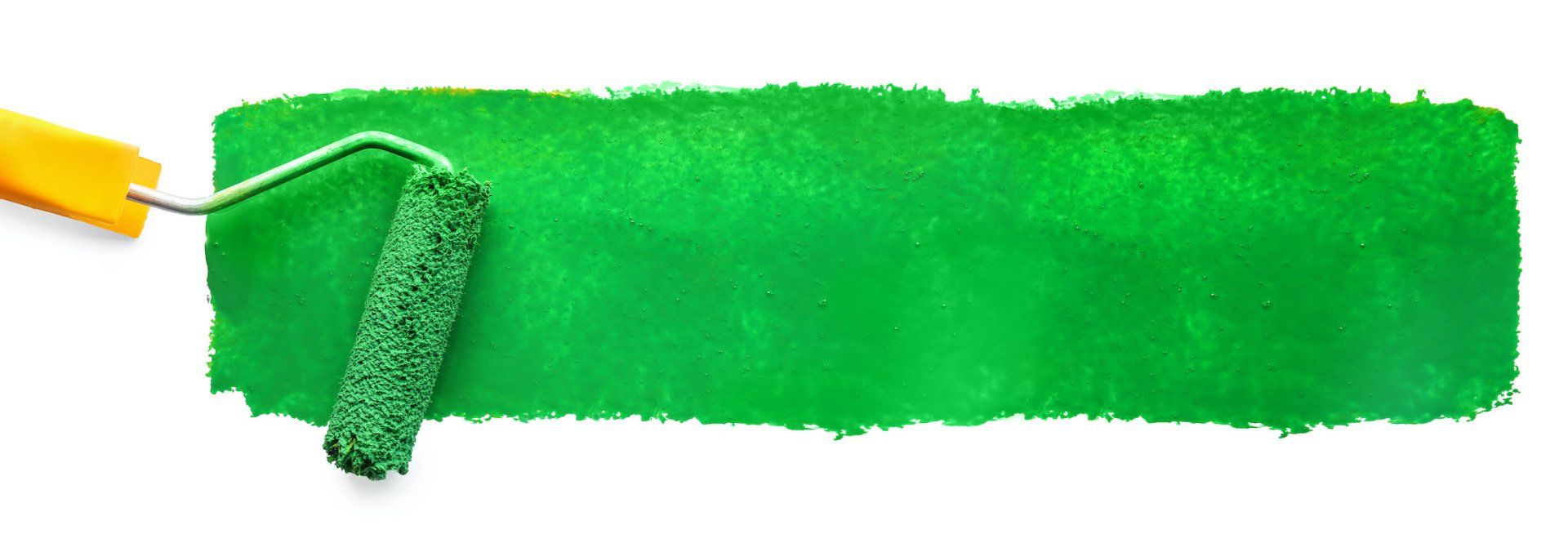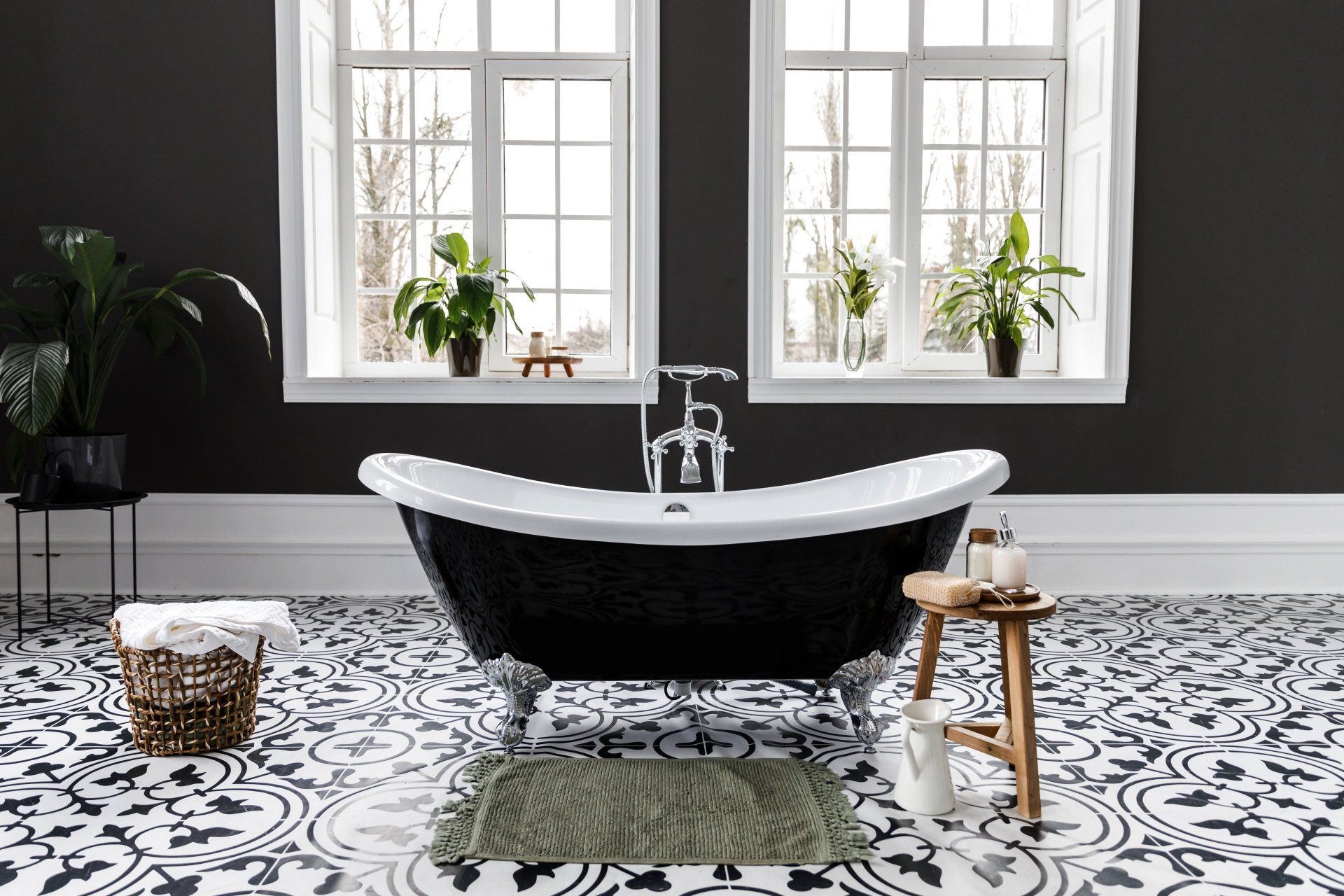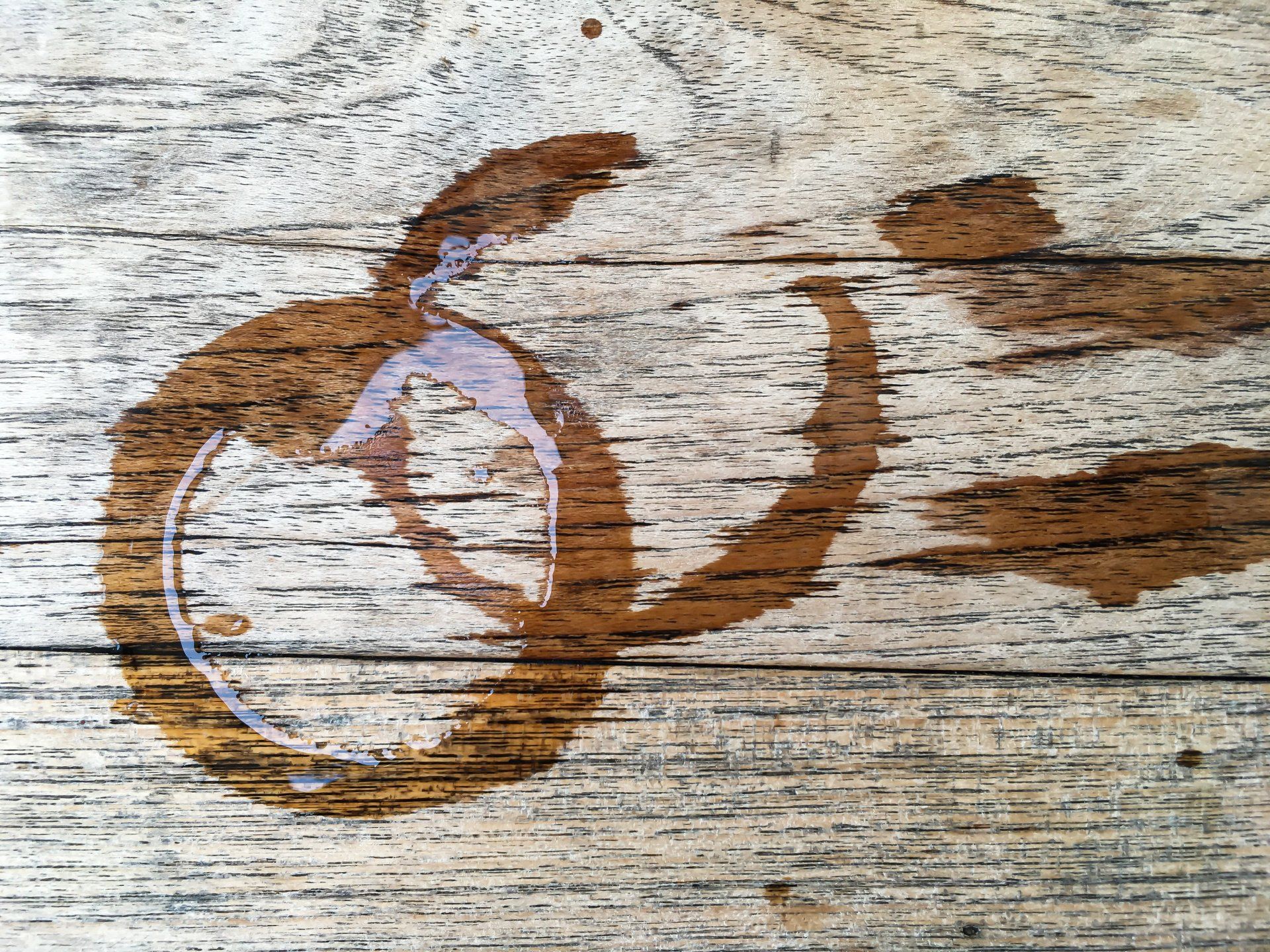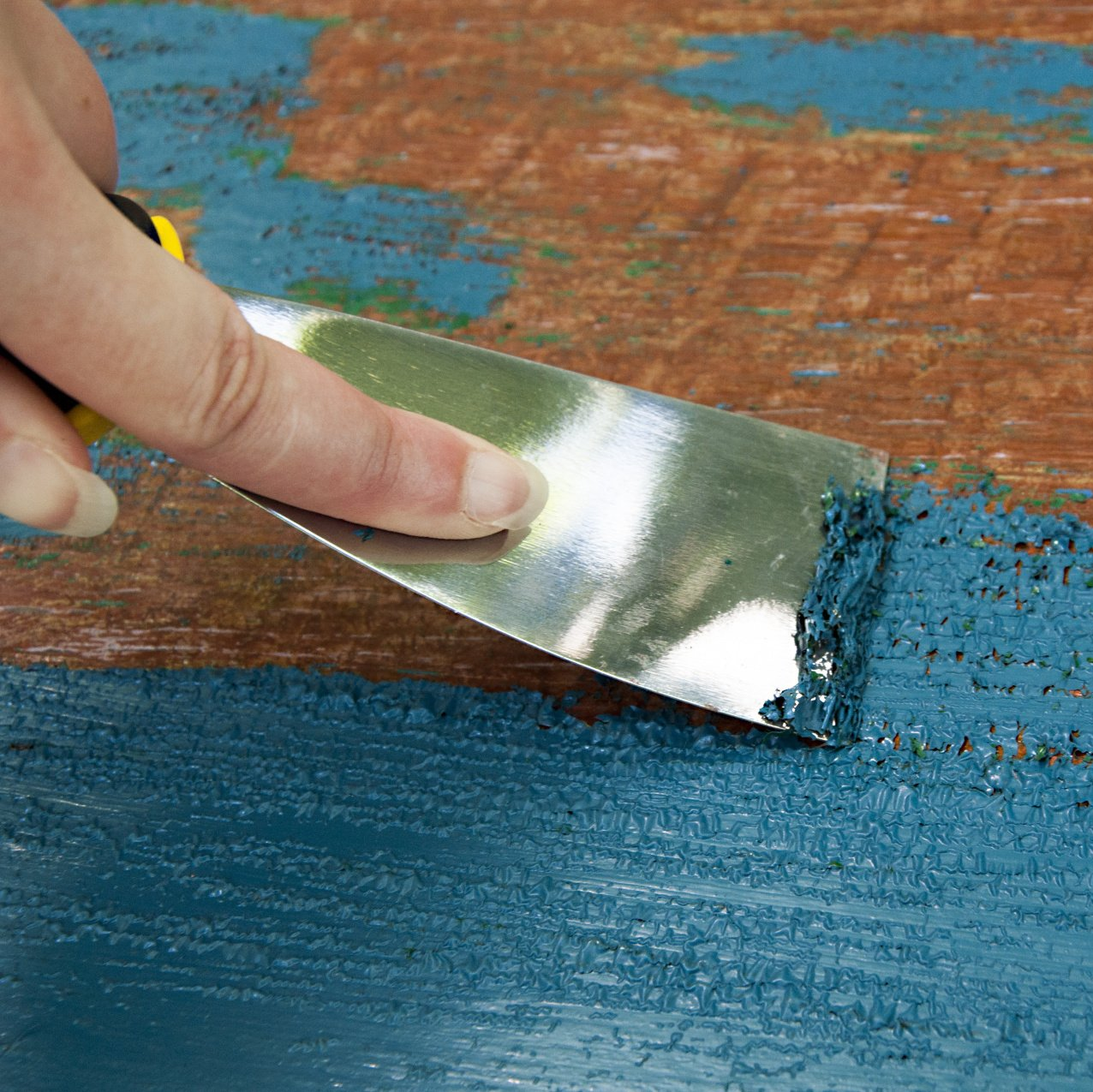Storing Your Paint During Winter
Sam Lutz • December 16, 2014
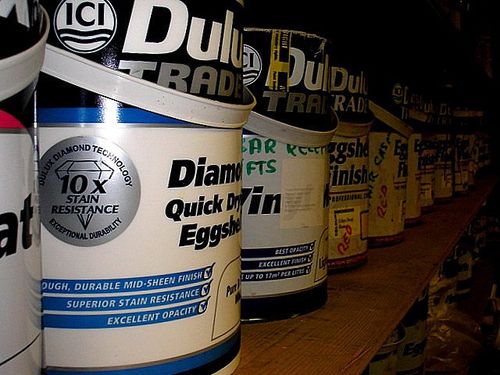
Winter paint storage can be problematic for homeowners in the Pittsburgh area. Garages tend to be the go-to place for paint storage, but many garages in Pittsburgh homes are unheated. Unfortunately, freezing temperatures can impact the integrity of paint.
How do Freezing Temperatures Impact Paint?
Latex paint is water-based, meaning that it can freeze at the same temperature that water freezes at (32 degrees Fahrenheit). Oil-based paint is different. While oil-based paint can freeze, it freezes at a much lower temperature than latex paint.
Freezing temperatures can do permanent damage to the emulsion in paint, causing the paint to become a strange consistency. Paint that has frozen and thawed may become ropey, stringy or clumpy. It may be the consistency of cottage cheese or gritty, like sandy water.
What Can I Do If My Paint Freezes?
If your paint freezes, allow it to thaw. Once the paint has completely thawed, stir it with a paint stirrer, or take it to a paint store to be shaken up. If your paint seems to be the same texture, thickness and consistency of normal paint, then it may be acceptable to use.
If the consistency of the paint is different even after it’s been thawed and stirred, it is no longer useable and should be discarded.
Paint Storage Best Practices
To avoid ruining your paint, find an acceptable location where your paint can be stored. A temperature controlled environment is best. If your garage has no climate control, try storing your old paint in your basement or attic. The space you choose should be cool (but not cold), dark and dry. Outdoor structures like sheds are problematic because they become too cold in winter, and may have moisture problems as well.
To further protect your paint, store it in an air-tight container. Follow these steps to store your paint properly:
- Place a layer of plastic wrap over the top of the paint can to achieve an air-tight seal.
- Gently pound the lid into place with a rubber mallet.
- Store the paint can upside down. Doing this will help you create an air-tight seal between the paint and the lid. Some people don’t like to store paint this way because they worry about paint leaks. If the lid has been properly secured and if a layer of plastic wrap was used as recommended, this should not be an issue. However, for extra security, place the paint cans in a plastic tub that will prevent the paint from leaking all over the floor in the location where the paint is being stored.
Resources
For more information on the subject, we've found a variety of informational articles online relating to paint and cold weather.
- Today's Homeowner: This post includes a short but interesting video that illustrates what paint looks like when it freezes.
- Philly.com: This article talks about the draw backs to painting in cold weather, and how cold is too cold.
- PaintInfo: This site also talks about the drawbacks to painting in cold weather.
- Ohio EPA: The state of Ohio's Environmental Protection Agency has posted a thorough page about paint storage best practices.
Have more questions about paint storage? Call us or stop by one of our stores! The staff at Ace Paint and Unfinished Furniture
love answering paint-related questions.
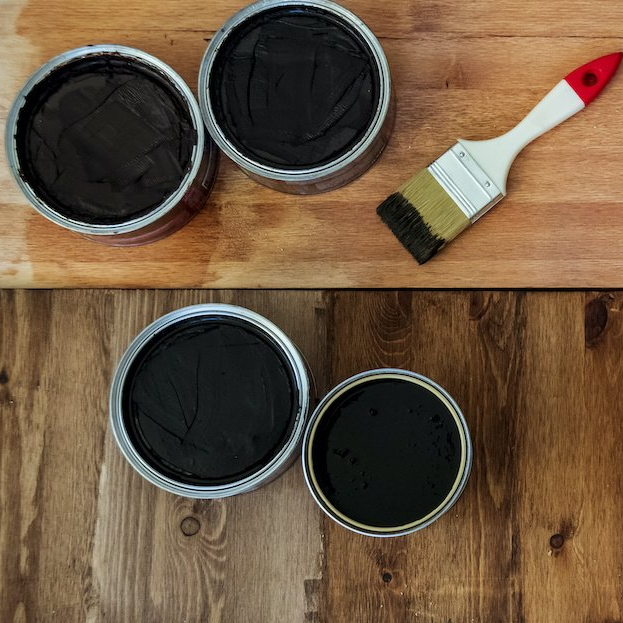
One of the wonderful things about good wood furniture is that it doesn’t have to be merely functional. It can be beautiful as well. We’ve seen some amazing pieces made with wood stains that are more than just furniture, they’re works of art. So if you’ve got an old table, desk or other piece of wood furniture that needs jazzed up, why don’t you consider using some of our great stains to try one of these ideas.

